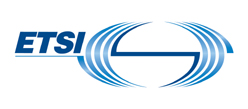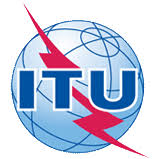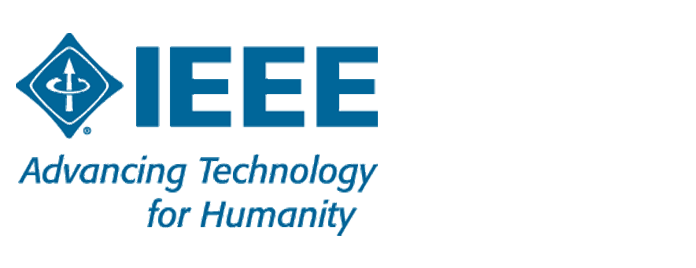ETSI ENI GR 0011 Experiential Networked Intelligence (ENI); Definition of Categories for AI Application to Networks









The scope of this standard is to define one medium access control (MAC) and several physical layer (PHY) specifications for wireless connectivity for fixed, portable, and moving stations (STAs) within a local area.

This standard specifies the air interface, including the cognitive medium access control layer (MAC) and physical layer (PHY), of point-to-multipoint wireless regional area networks (WRANs) comprised of a professional fixed base station (BS) with fixed and portable user terminals operating in the VHF/UHF TV broadcast bands between 54 MHz to 862 MHz, and potentially in the 1300 MHz to 1750 MHz, and 2700 MHz to 3700 MHz bands provided the regulatory regime allows it. (The PDF of this standard is available at no cost to you compliments of the IEEE GET program at https://ieeexplore.ieee.org/browse/standards/get-program/page/series?id…)

Additional components of the IEEE 1900.4 system are defined in this amendment to enable mobile wireless access service in white space frequency bands without any limitation on used radio interface (physical and media access control layers, carrier frequency, etc.).

An abstraction layer for multiple home networking technologies that provides a common interface to widely deployed home networking technologies is defined in this standard: IEEE 1901 over power lines, IEEE 802.11 for wireless, Ethernet over twisted pair cable, and MoCA 1.1 over coax. Connectivity selection for transmission of packets arriving from any interface or application is supported by the 1905.1 abstraction layer. Modification to the underlying home networking technologies is not required by the 1905.1 layer, and hence it does not change the behavior or implementation of existing home networking technologies. Introduced by the 1905.1 specification is a layer between layers 2 and 3 that abstracts the individual details of each interface, aggregates available bandwidth, and facilitates seamless integration. The 1905.1 also facilitates end-to-end quality of service (QoS) while simplifying the introduction of new devices to the network, establishing secure connections, extending network coverage, and facilitating advanced network management features including discovery, path selection, autoconfiguration, and quality of service (QoS) negotiation.
